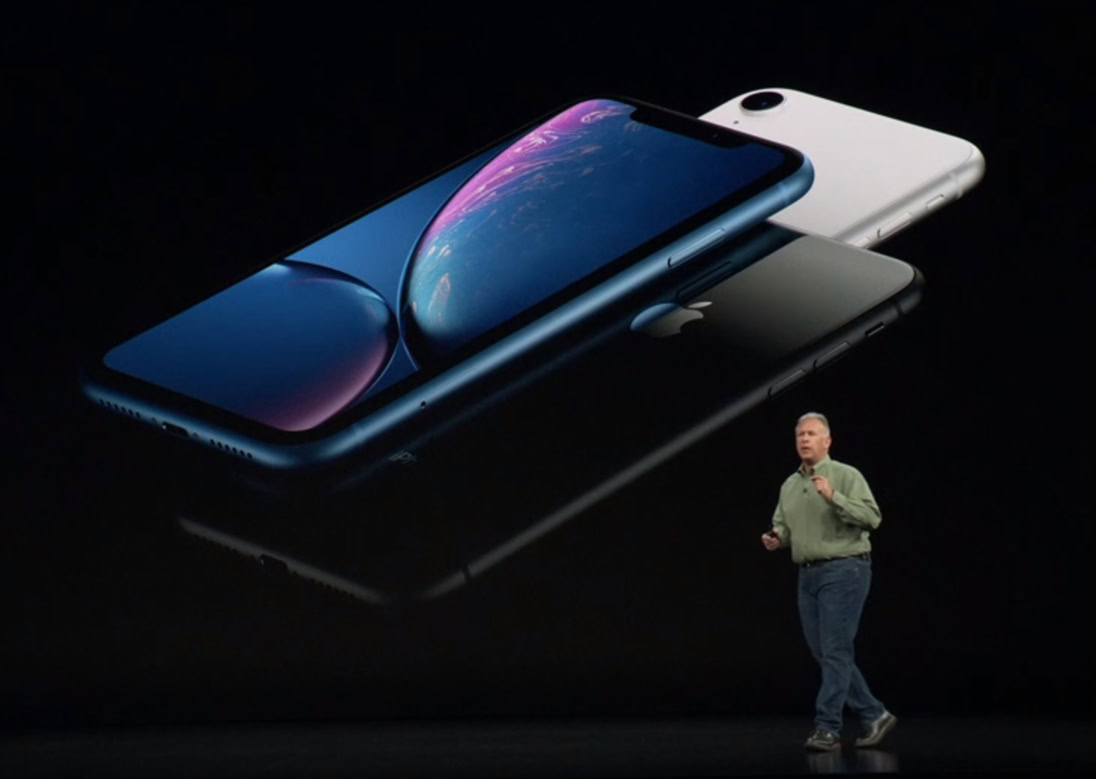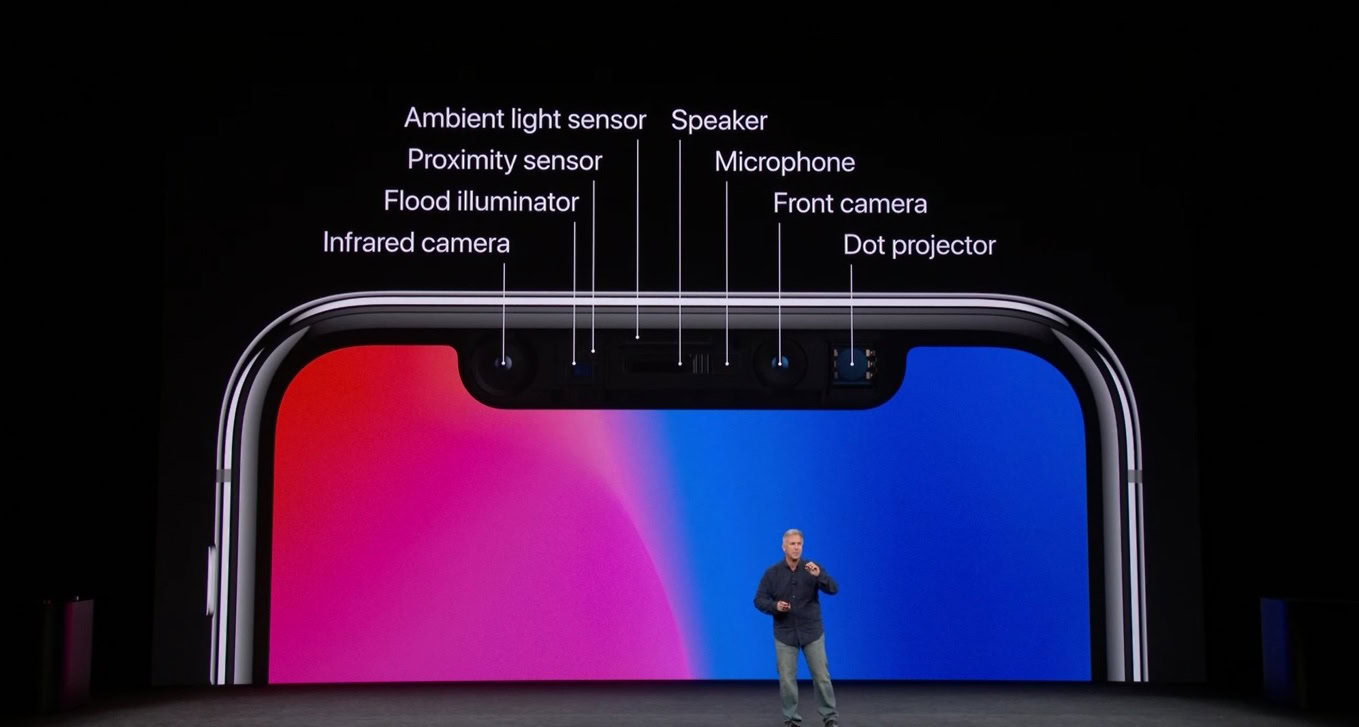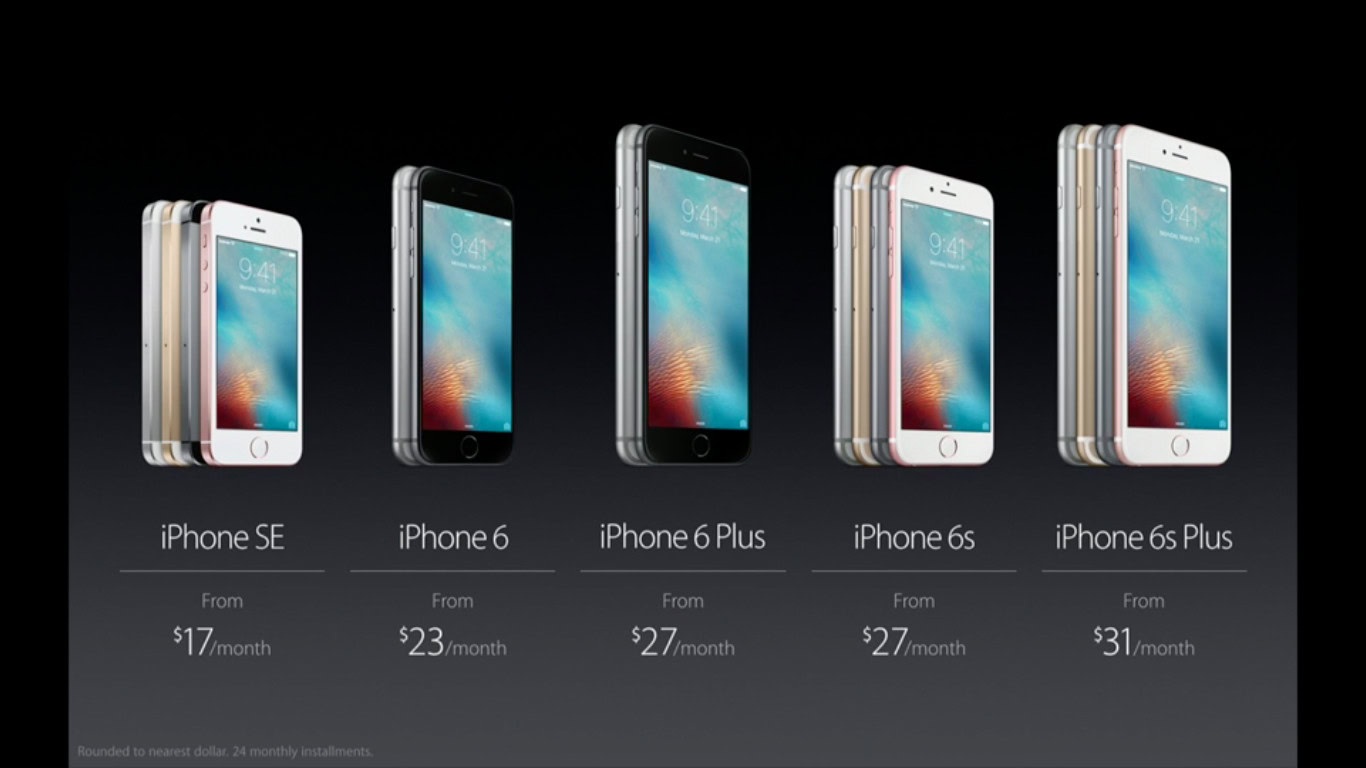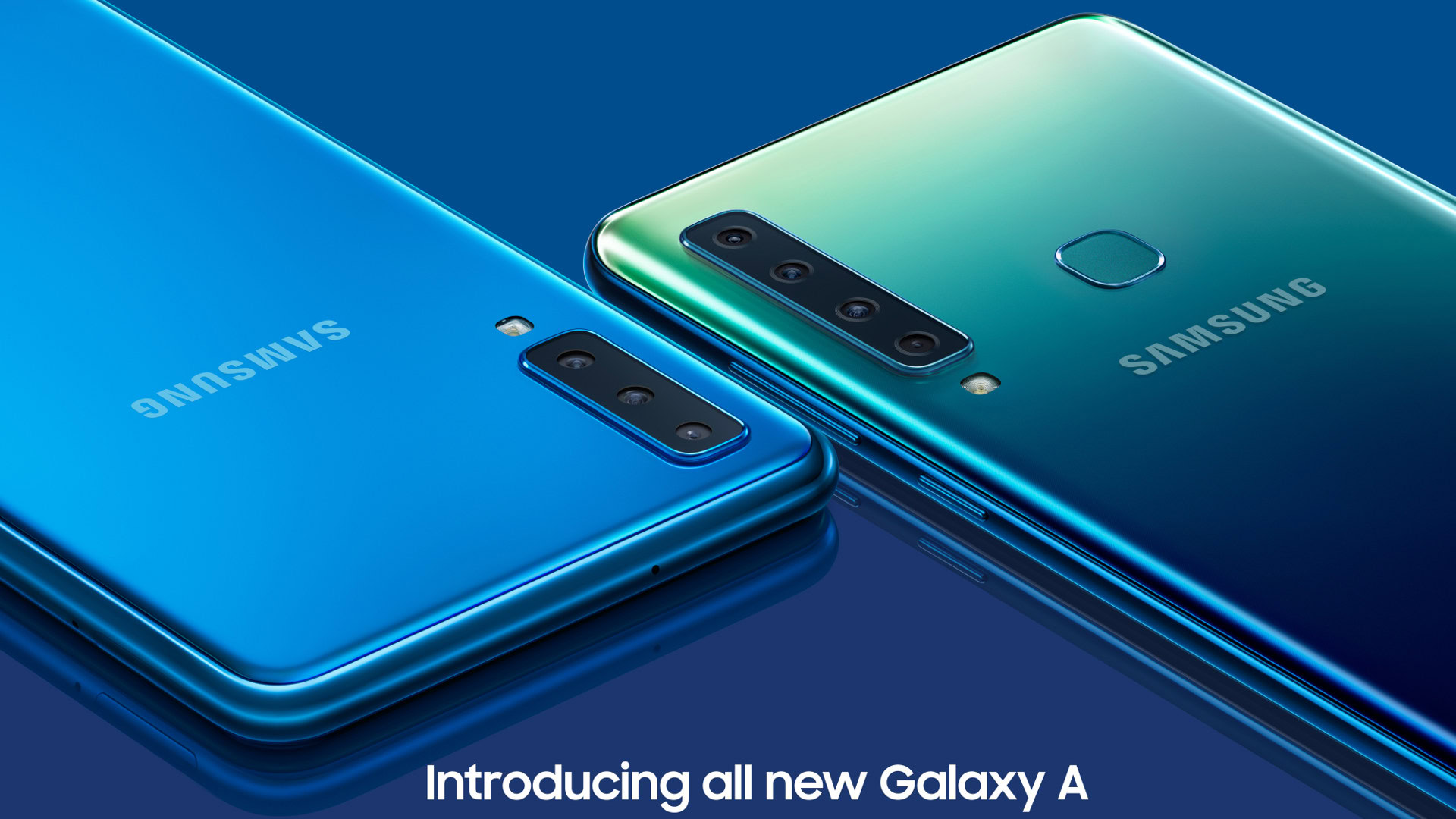Affiliate links on Android Authority may earn us a commission. Learn more.
The one thing Android OEMs can learn from iPhone XR

The iPhone XR is now available for pre-order from Apple.com. Why are we talking about this? Because it’s cheaper and quells growing complaints about Apple’s pricing. Android OEMs should pay attention — here’s why.
Most Android smartphone users invested in the smartphone industry know only Apple can do what it does, often to the amazement of us all. There’s a grudging admiration for the way the company can add customers’ problems, charge more money, and still not suffer.
To be clear, an iPhone is not a bad choice if it suits you. The iPhone X is a fine device, and remarkable for just how well it sold despite everything. We weren’t fans of the notch. FaceID looked like an improvement over a fingerprint sensor, but first generation tech is always fraught with issues and this was a big change. While the headphone jack removal was progressive for technology, it was regressive for users.

Apple consistently puts out a phone with great hardware, but is always trying to nickel and dime its customers with increasingly important (and increasingly expensive) services and accessories. The iPhone X cost $999 at launch with just 64GB of storage, yet Apple somehow sold almost as many phones as it ever has.
Samsung put its best foot forward with the Galaxy S9, but sales fell further.
Samsung put its best foot forward with the Samsung Galaxy S9 in a similar price tier, and S9 sales fell. Apple’s sales held on — it’s now a trillion-dollar company.
It couldn’t miss the criticism of its pricing entirely, though. Apple had to make some course corrections. Here’s what it did.
The new strategy
The iPhone XS and iPhone XS Max emerged a few weeks ago with the standard incremental improvements Apple normally makes with its S models. The new XS models have a faster processor, better IP68 rating, dual SIM, camera improvements like HDR+, more RAM, and slightly larger batteries. The XS Max comes with a much larger screen, and the same internals.
Apple's star might be the iPhone XR, and Android OEMs need to pay attention.
However, the star of Apple’s show might actually be the iPhone XR. It’s something Android OEMs will hopefully focus on.
The XR is, first of all, a substantial 25 percent cheaper than the iPhone XS. It’s still $750, but in the Apple world, that’s a bargain. Instead of paying nearly $50 a month for the iPhone XS via Apple financing, you’ll pay approximately $37 per month for the iPhone XR. The iPhone XS Max has a proposition I can follow — giant screens are becoming more and more popular, and buying top-of-the-line no matter the cost is part of being an Apple fan.
It’s hard to figure out why you wouldn’t strongly consider the cheaper model over the XS though.
Apple tried, tried again, and this time the XR should work.
Apple tried this approach a couple of times in the past. The iPhone 5C came across poorly. Its colorful plastic shells suited just a very small audience, and it didn’t sell well.
Apple put those lessons to work with the 4-inch iPhone SE in 2016, which pushed newer generation tech into a previous device body. It was a far better attempt and suited those who loved the utility and build of a small screen phone. And that price!

The iPhone XR does better again. It has almost identical hardware to the iPhone XS, pulling back in two key areas. It has an LCD display instead of OLED, and a single shooter on the back instead of the dual-camera array we’re used to seeing from flagships. The changes are minor. The cost benefit is significant.
Does anyone doubt Apple's careful XR timing?
The deal is so good, it seems to me Apple actually purposefully delayed availability until October to try and push upgraders into the iPhone XS or XS Max first. Coincidences that squeeze the most out of consumers are not by mistake.
This is exactly what Android smartphone makers need to learn.
Offer a good cheaper model to keep selling a ‘best’ phone at a premium
Apple has raised prices for its best possible phone from $770 to $1,100 for the base model XS Max. No one is shouting about it. It seems to not matter what those high-end numbers are. People will pay it if they believe Apple has shown them enough, even if it’s mostly on paper or just comes down to screen size.
The trick is anyone complaining about high prices gets directed to the XR. It’s equally fast, and discounted enough for the XS and XS Max to get away with (expensive) murder. It’s simple, effective, and it’s delayed so people might not wait. At this point, you need to stop reading and let out a respectful whistle.
Samsung has taken a lot of heat over its pricing. It might do well to think about offering an S10R or Note 10R next year if its prices keep ticking upwards. Put the latest Snapdragon goodies and tech into an “R” edition, but drop the camera down and go for a display people almost can’t tell the difference between. Make it 20 percent cheaper (or more), and who could complain?
Now, It’s worth mentioning that Samsung sort of do this with the ‘Plus’ vs regular S-phone releases.
The S9 at $720, for example, was $120 cheaper at launch than the S9 Plus at $840. It came in at 5.8-inches compared to the 6.2-inch S9 Plus, with the same screen resolution, and Samsung saved by cutting back its RAM and equipping the S9 with only a single-shooter. That did mean the S9 was priced at less than the iPhone XR, it must be said. But the S9 wasn’t nearly as aggressive in its value offering — mainly just serving as a smaller phone in much more of an XS vs XS Max approach. The price difference to an “R” model would need another step. And why not?
The highest prices ever seen for an Android smartphone attract a lot of attention, but offering a substantially cheaper model is a perfect way to stop deflect complaints. The top end models will still sell. At its IFA press conference, Samsung told us 20 percent of Note 9 sales were for its top-of-the-line 512GB version — the model $250 more than the base 128GB model for $999. An R model won’t cut into those audiences too badly.

It’s worth mentioning Samsung sort of does this already with Galaxy A series. However, the Galaxy A9 isn’t given the same prominence or naming convention, and it has a fraction of the recognition Galaxy S and Note models have.
Bonus: Please, at least try and get the marketing right
Here’s the other one that just never goes away for Android phone makers. For a decade, consistent, clear, and careful marketing hasn’t been a strong point for Android OEMs. Apple is getting trickier but at least it gets it right with release dates and pricing information at announcement. The LG G7 One may have given Android One its best ever spec’d device at IFA, but its name didn’t communicate what it was, and crucially its price was unclear. LG called it “exceptionally priced” and then didn’t give out a number — it still hasn’t, weeks later. It’s baffling. Baffling!
OnePlus is becoming a leader in Android for coherent, accurate, and careful marketing so it’s no surprise to see it among the top five Android OEMs last quarter — even if it was forced to move its own OnePlus 6T launch due to Apple!
What do you think of Apple’s iPhone XR strategy? Let us know in the comments below.